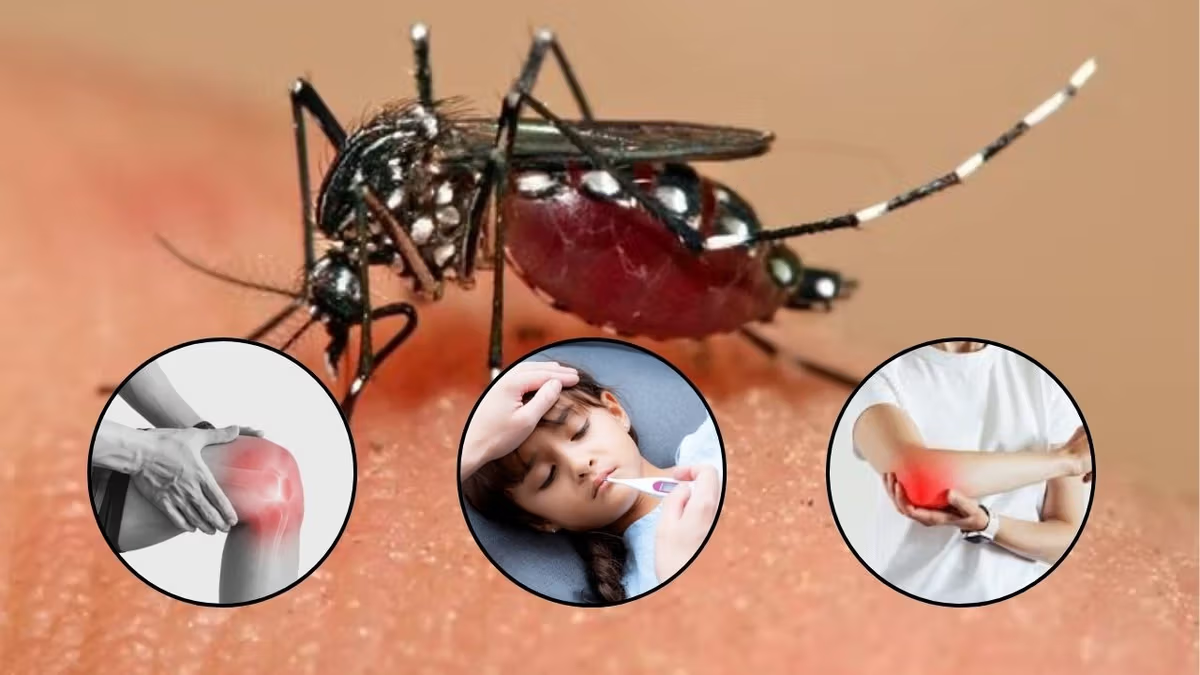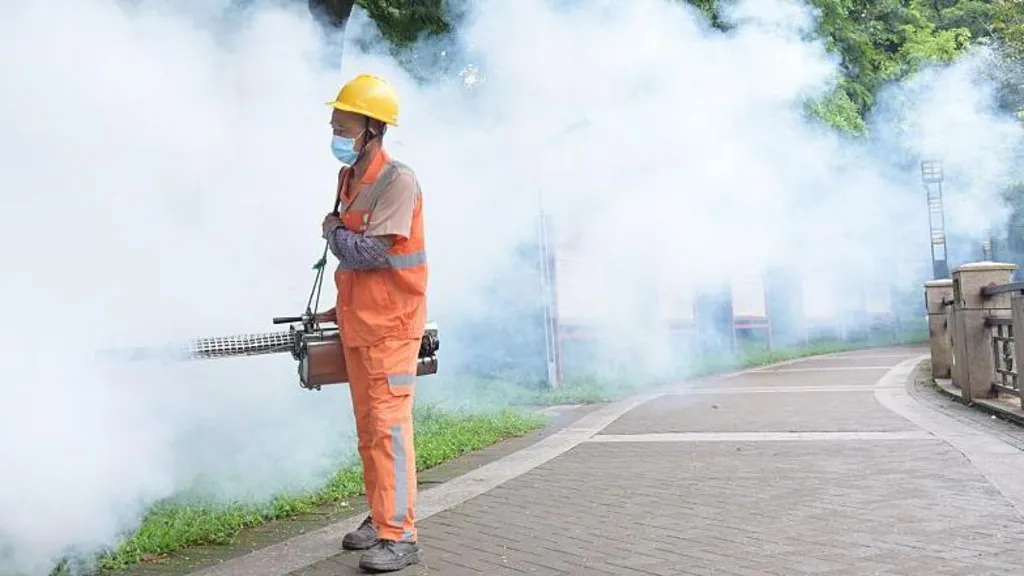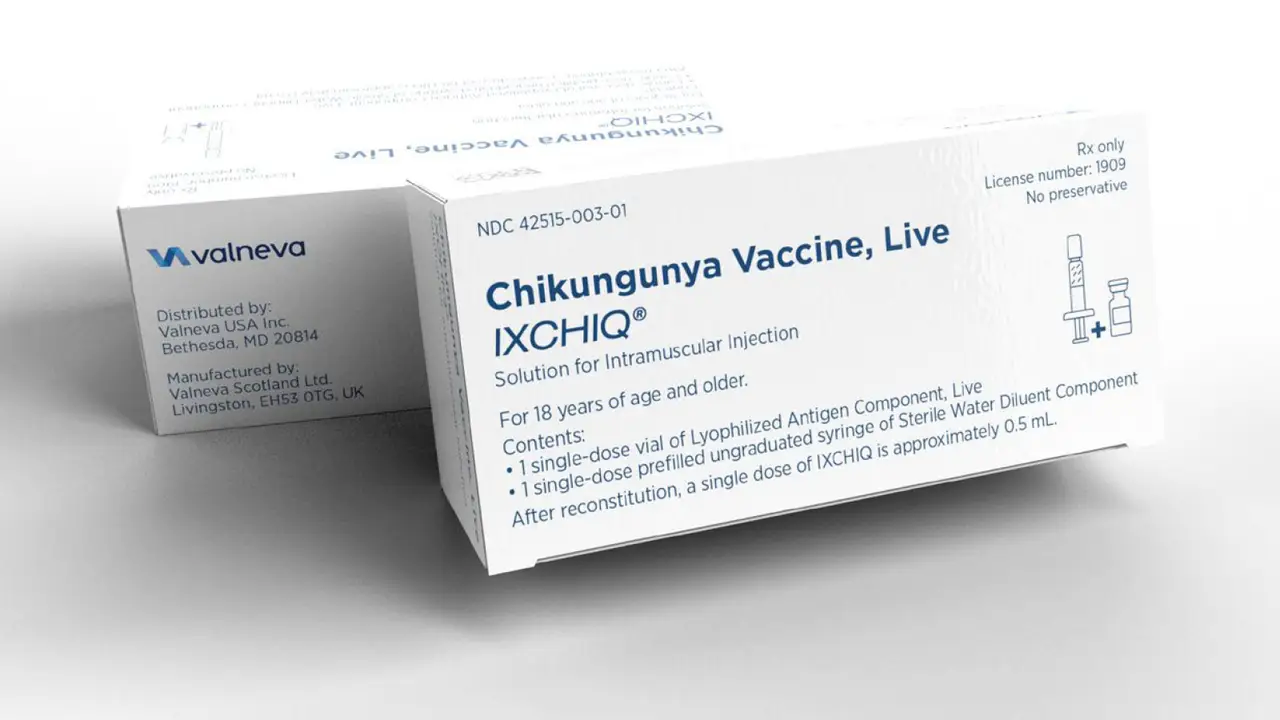GUANGDONG, China – Foshan, a busy manufacturing city in Guangdong, is facing a health emergency as the chikungunya virus spreads through southern China. This mosquito-borne virus, rare on the mainland at this scale, has caused more than 7,000 cases since early July, with the outbreak mainly centred in Shunde District.
The rapid rise in infections has led Chinese officials to act quickly, using experience from past outbreaks and new strategies to stop the virus. The China Times reviews the virus, recent events, and local efforts to control it.
The outbreak started in Foshan on 8 July 2025, triggered by an imported case. Since then, the virus has moved fast, with 2,892 new cases from 27 July to 2 August. By 30 July, Guangdong reported over 6,500 cases, with Foshan making up nearly all of them. Shunde District alone counted 4,208 cases.
Other affected cities include Guangzhou, Shenzhen, Dongguan, and Zhongshan. Neighbouring areas like Hunan Province, Macau, and Hong Kong reported a few cases, including a 12-year-old boy from Hong Kong who showed symptoms after visiting Foshan.
The sharp increase has raised alarms in China and abroad. The U.S. CDC posted a Level 2 travel alert for Guangdong on 1 August, urging visitors to take extra care. The World Health Organization has warned that the chikungunya virus could spread worldwide, recalling the big epidemic across the Indian Ocean in 2004–2005.
Chikungunya Virus: Symptoms and Risks
Chikungunya virus gets its name from a word that means “that which bends up,” due to the severe joint pain it causes. The Chikungunya virus spreads through the bites of Aedes mosquitoes, especially Aedes aegypti and Aedes albopictus.
Found first in Tanzania in 1952, chikungunya now exists in more than 110 countries across several continents. The virus cannot pass directly from person to person, but infected people can infect mosquitoes, which then infect others.
Symptoms show up three to seven days after a bite. Most people get a sudden high fever (often above 39°C) and sharp joint pain that can make it hard to move. Other common signs of the Chikungunya virus include muscle pain, headache, nausea, tiredness, a rash, and swollen joints.
While most people recover within two weeks, some, especially young children, older adults, or those with serious health problems, can have joint pain for months or longer.
Chikungunya virus has a low death rate, estimated between 0.01% and 0.05%. A global study in Nature (June 2025) puts annual deaths at around 3,700 out of 35.3 million infections. Rare severe cases can cause heart or brain problems, or even organ failure. So far in China, all cases have been mild. Almost everyone has left the hospital within a week, and there have been no deaths as of 6 August.
China’s Fight Against Mosquitoes
China has built on COVID-19 lessons to fight the outbreak. In Foshan, officials have set up more than twenty hospitals to treat patients, putting over 7,000 mosquito-proof beds in place. Infected people stay in special wards, protected by nets, until they test clear of the virus. The city also began mass testing and has teams spraying parks and streets to kill mosquitoes.
Foshan has tried new ways to fight mosquitoes as well. Drones check for standing water where mosquitoes breed. The local government has introduced “elephant mosquitoes” (Toxorhynchites species), which eat the young of Aedes mosquitoes, and added mosquito-eating fish to lakes and ponds. These steps limit the number of mosquitoes, the main carriers of chikungunya.
The Guangdong Provincial CDC has advised everyone to get rid of standing water at home, like in buckets or flowerpots, to cut down mosquito numbers. People who ignore this could pay fines up to 10,000 yuan (about $1,400). Awareness campaigns promote the use of mosquito nets, sprays with DEET or picaridin, and wearing long sleeves, especially in the early morning and evening when mosquitoes are most active.
At a national level, senior officials met in July to organize prevention and treatment. Vice Premier Wang Weizhong visited Foshan recently, urging tougher controls on imported cases and spread. The National Health Commission will keep watching the outbreak closely and provide warnings to other areas.
Chikungunya Virua Hurdles
China’s outbreak matches a global rise in chikungunya, according to the European Centre for Disease Prevention and Control. This year, 16 countries have seen 240,000 infections and 90 deaths. South America (especially Brazil, Bolivia, and Paraguay) and Indian Ocean islands like Réunion have been hit hardest.
Climate change, which favours mosquito breeding, has likely played a role, and experts believe parts of China may face a higher risk in the future.
Chikungunya virus spreads easily because the population in China has little natural protection. The virus’s basic reproduction number (R0) is between 2 and 7, higher than dengue. This summer’s very wet weather has made things worse by creating more breeding spots for mosquitoes.
Two vaccines, IXCHIQ and VIMKUNYA, are approved in the United States, but health authorities there paused their use in people over 60 after side effects were reported. No vaccine is on offer yet in China, so doctors focus on easing pain and fever with common medicines and keeping patients hydrated. This makes mosquito control the main way to prevent further cases.
People in Foshan and across Guangdong are worried about more infections. One Weibo user summed up the mood: “This is scary. The lasting pain sounds awful.” Local and national officials continue to roll out strict quarantine, mosquito control, and public education, working to stop the virus quickly.
The chikungunya virus emergency shows how mosquito-borne viruses can spread fast in a warmer, wetter world. With more global travel and a changing climate, disease risks are set to rise.
How China deals with this outbreak could show other countries what works best. For now, everyone is urged to avoid mosquito bites and help keep their neighbourhoods clear of breeding sites. The China Times will share any new updates as this public health issue unfolds.

















